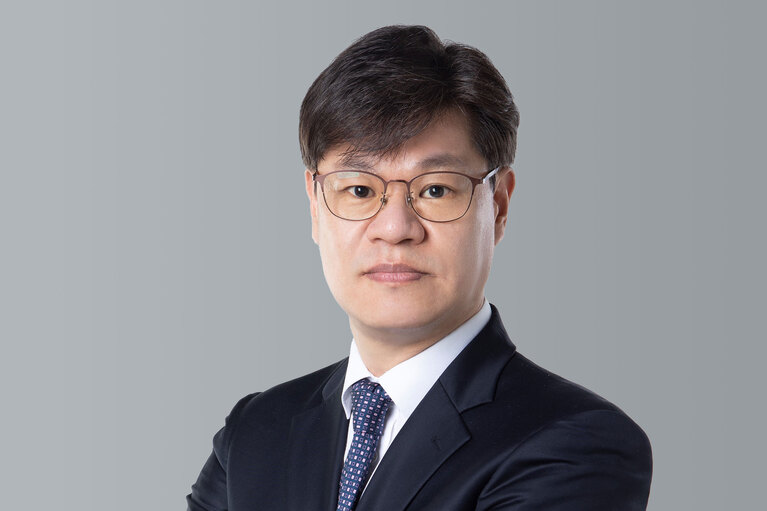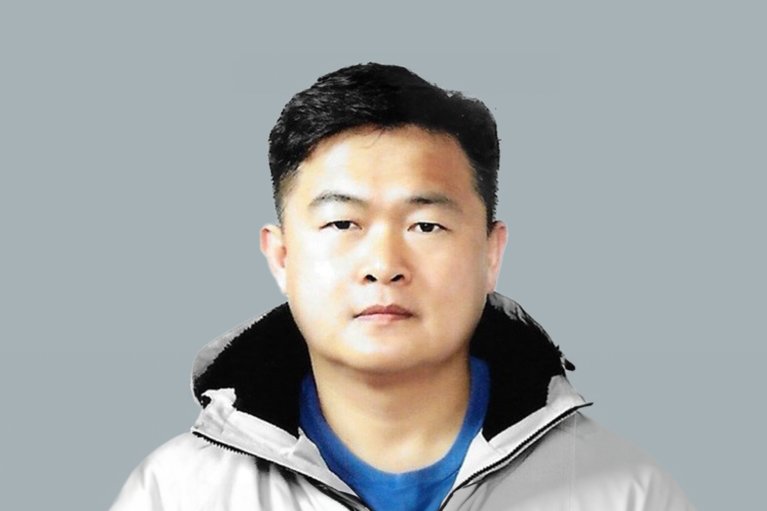Power engineers who want to learn how to best implement a 48V Zonal architecture while reducing size and complexity
With the move to Zonal architecture, future BEVs will have several heavy loads and safety systems using both 48V and 12V legacy power. Learn how incorporating 48V power conversion into the battery pack can eliminate substantial weight and size from the 48V power network. This integration will reduce weight, improve thermal losses, and reduce the system complexity. As a further step to reduce weight and system complexity, it will be shown how a 120kW 400V – 800V converter can be downsized to fit in the battery housing.
This webinar focuses on:
The difficulties of battery electric vehicle (BEV) systems
Dealing with charging incompatibility between 400V and 800V
Integration of charger and 48V power delivery network (PDN) into the battery pack
How to reduce heat, cost, and weight
Benefits of high-density power modules in 48V zonal PDN
Sr. Field Application Engineer, Vicor, APAC
YK Choi is Senior Field Application Engineer at Vicor, APAC. YK has over 26 years of experience in power electronics, power modules (IGBT, SiC), discrete switches and semiconductors. He has expertise in vehicle electrification based on traction inverter systems. Mr. Choi has held positions as an R&D engineer and as a field applications engineer in semiconductor test equipment and has also worked at Infineon Technologies. He has MS in Power Electronics and BS in Electrical Engineering from Konkuk University in Korea.
Chief Engineer, INFAC Corporation
Youngjae Kang has over 20 years of experience in the structural and automotive industry. He is a Chief Engineer at Infac, based in their Michigan office. Youngjae’s mastery and expertise lies in CAE analysis and structural analysis. Dr. Kang has earned a Ph.D. in Structural Engineering from University of Michigan, and an M.E. and B.E. in Civil Engineering from Kyunghee University in Korea.


